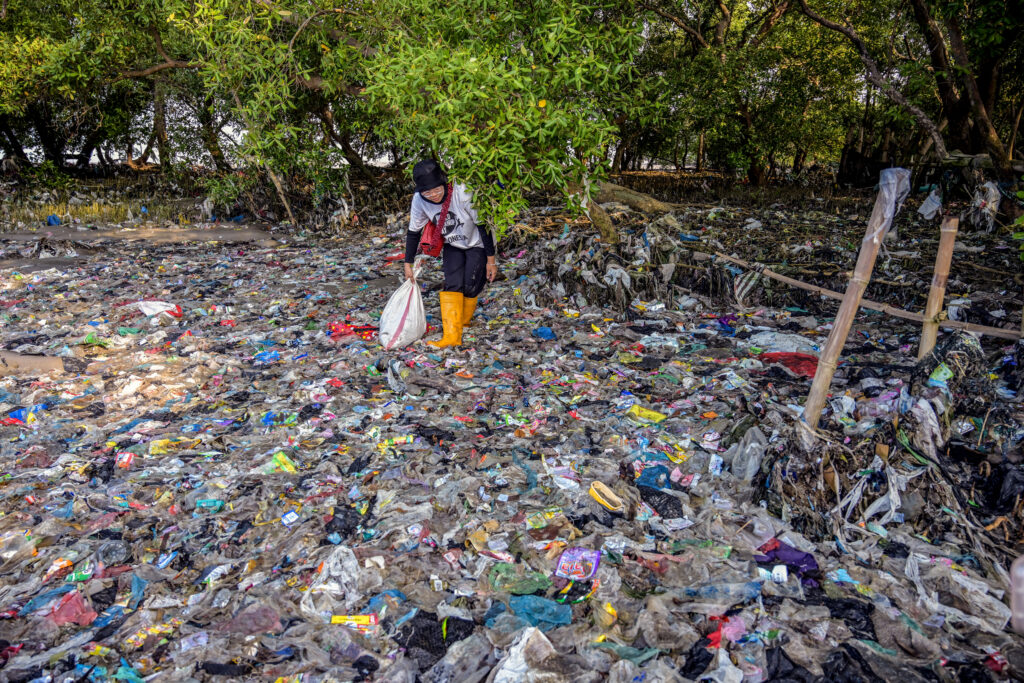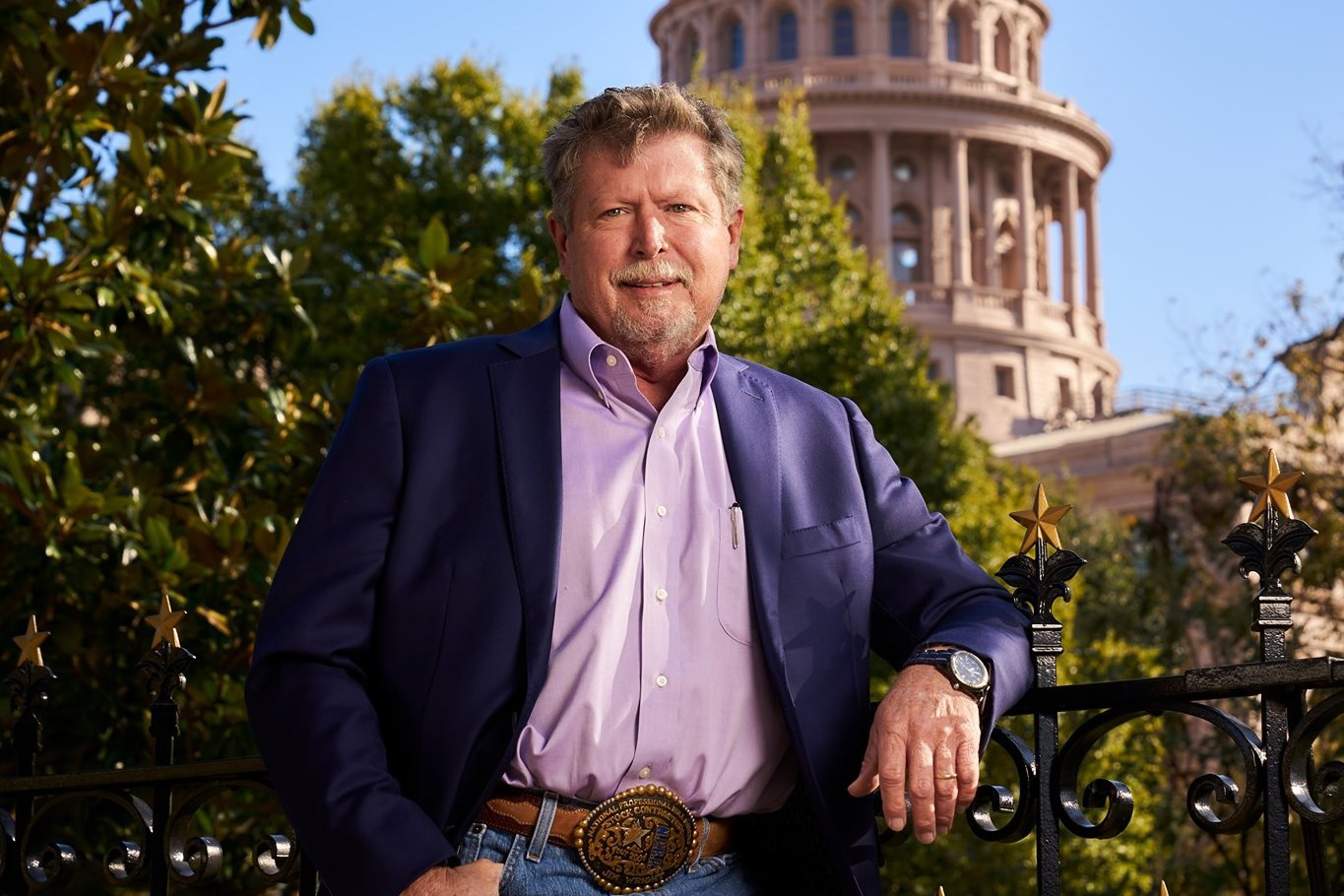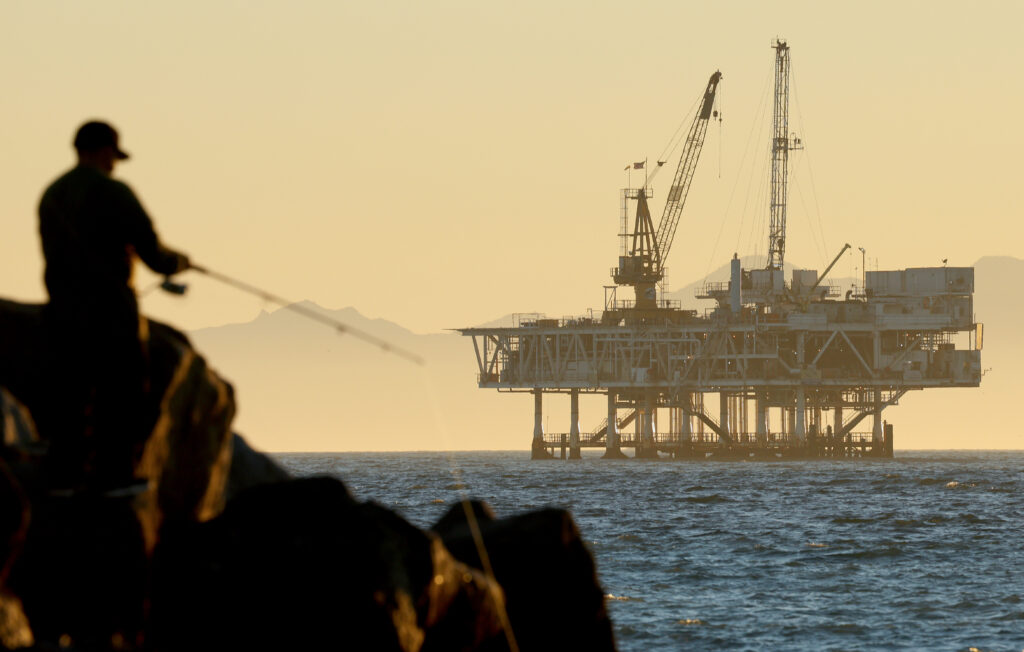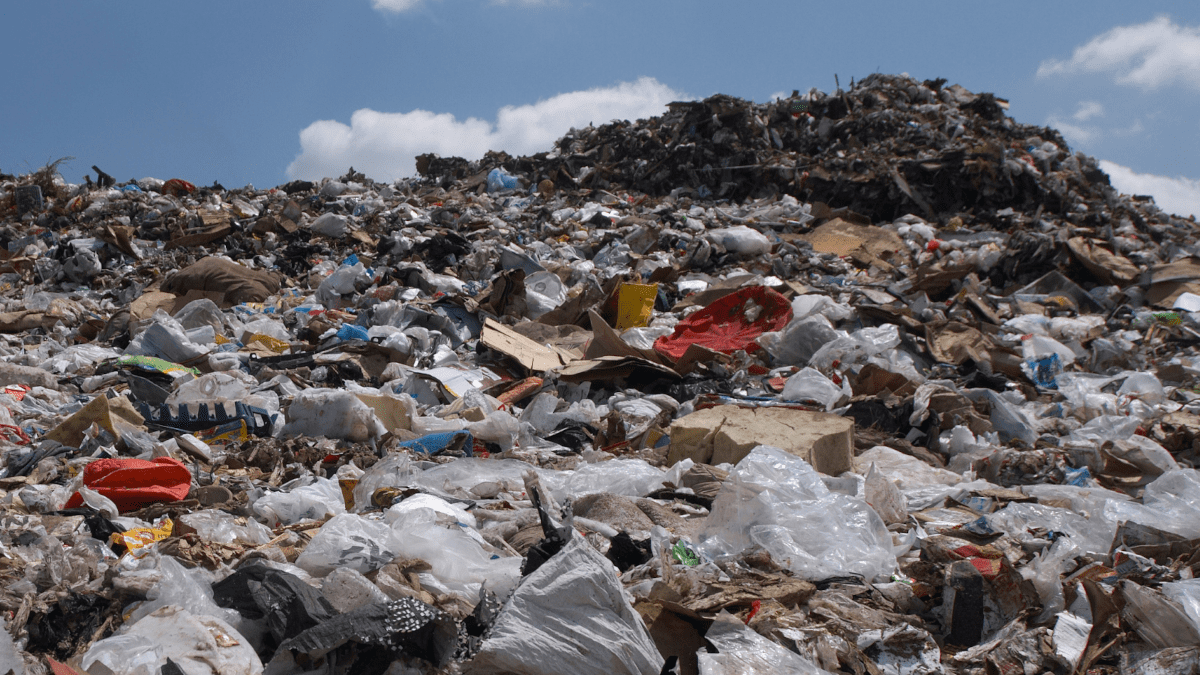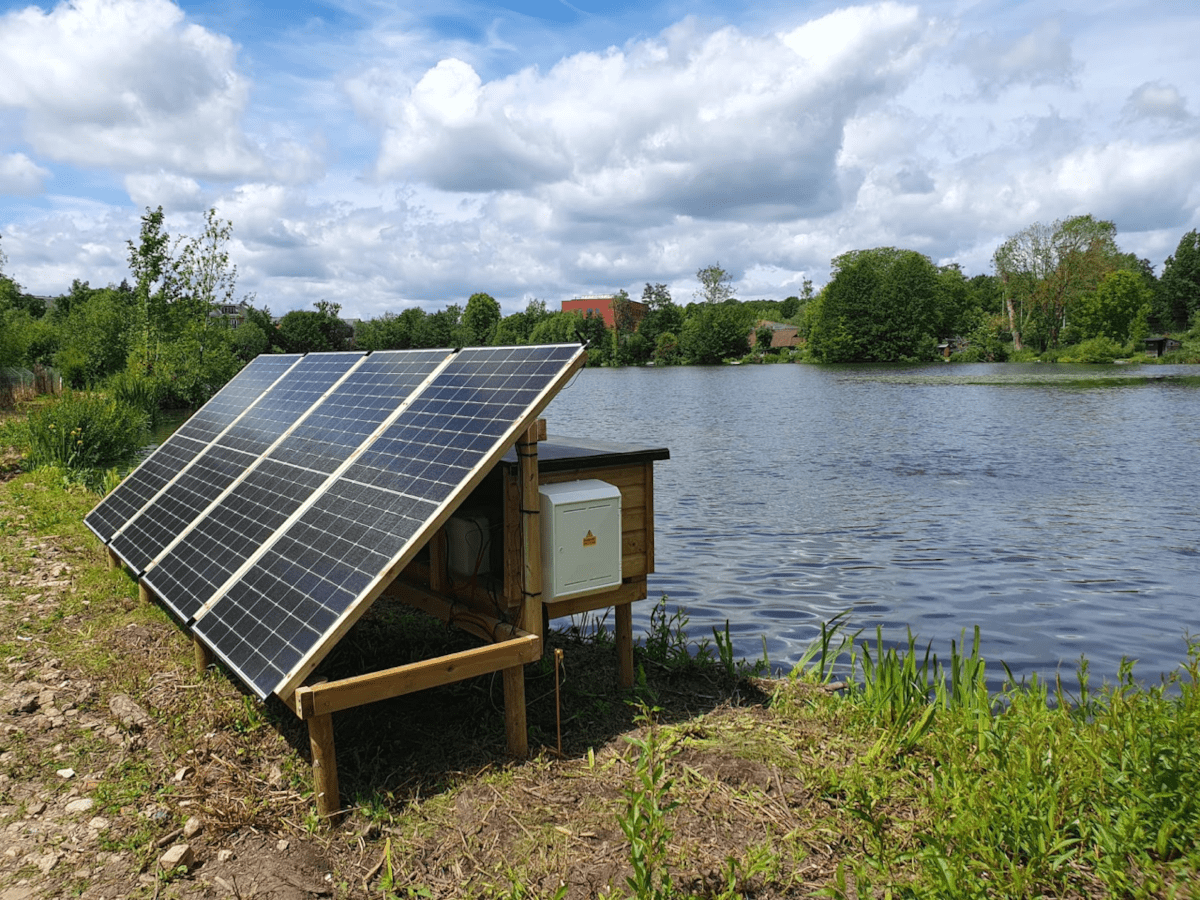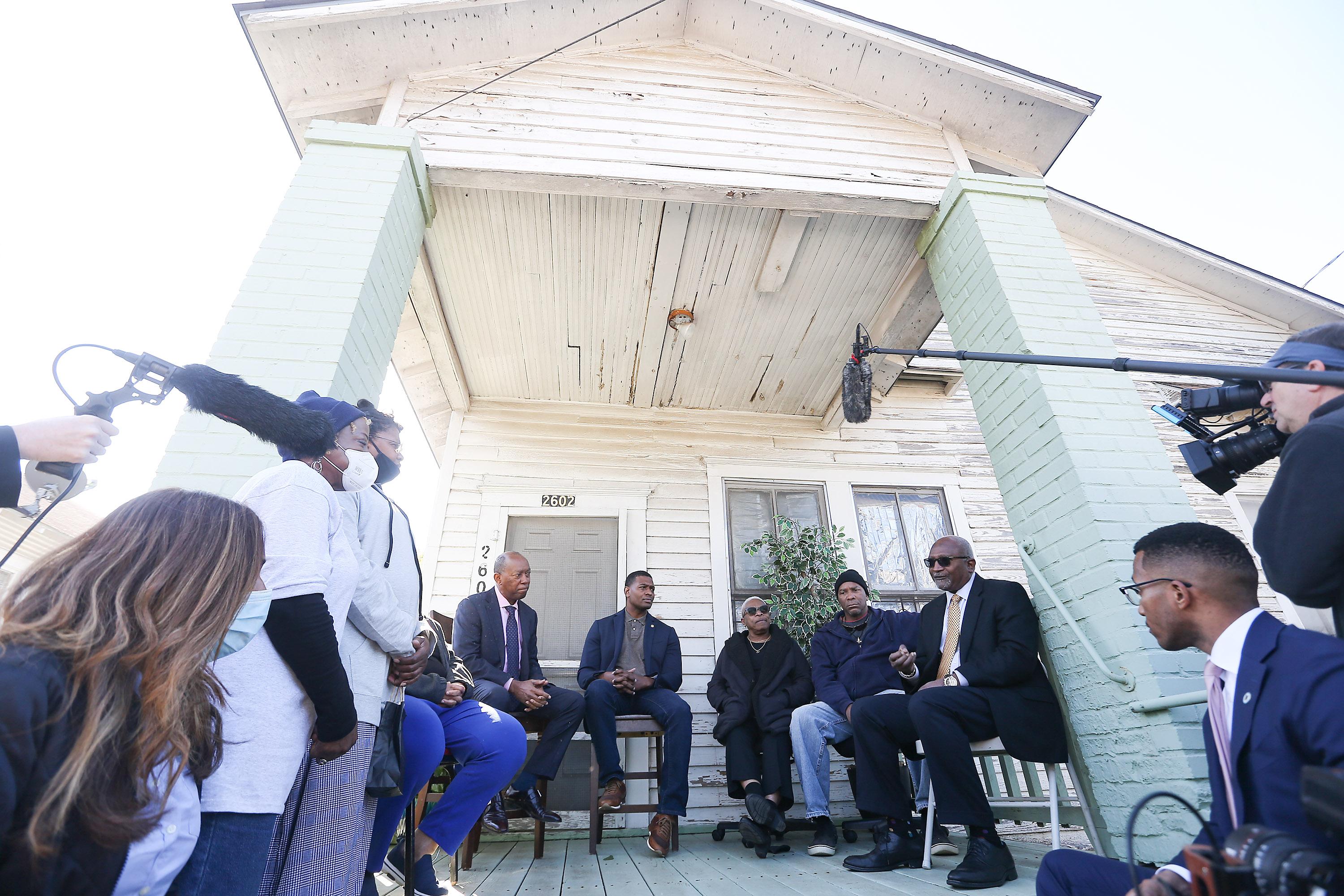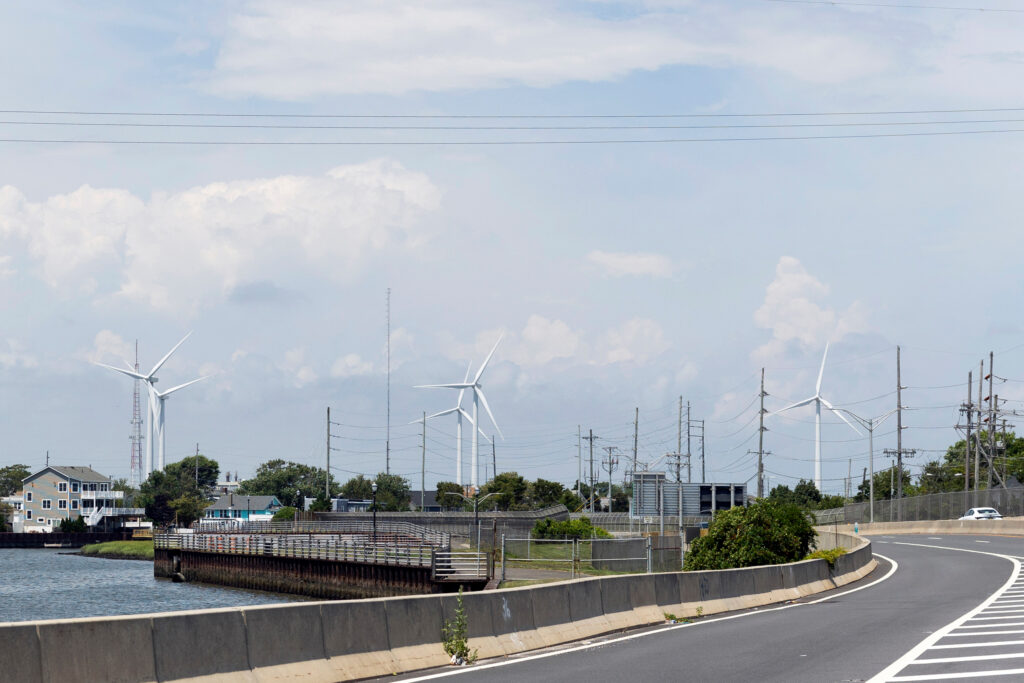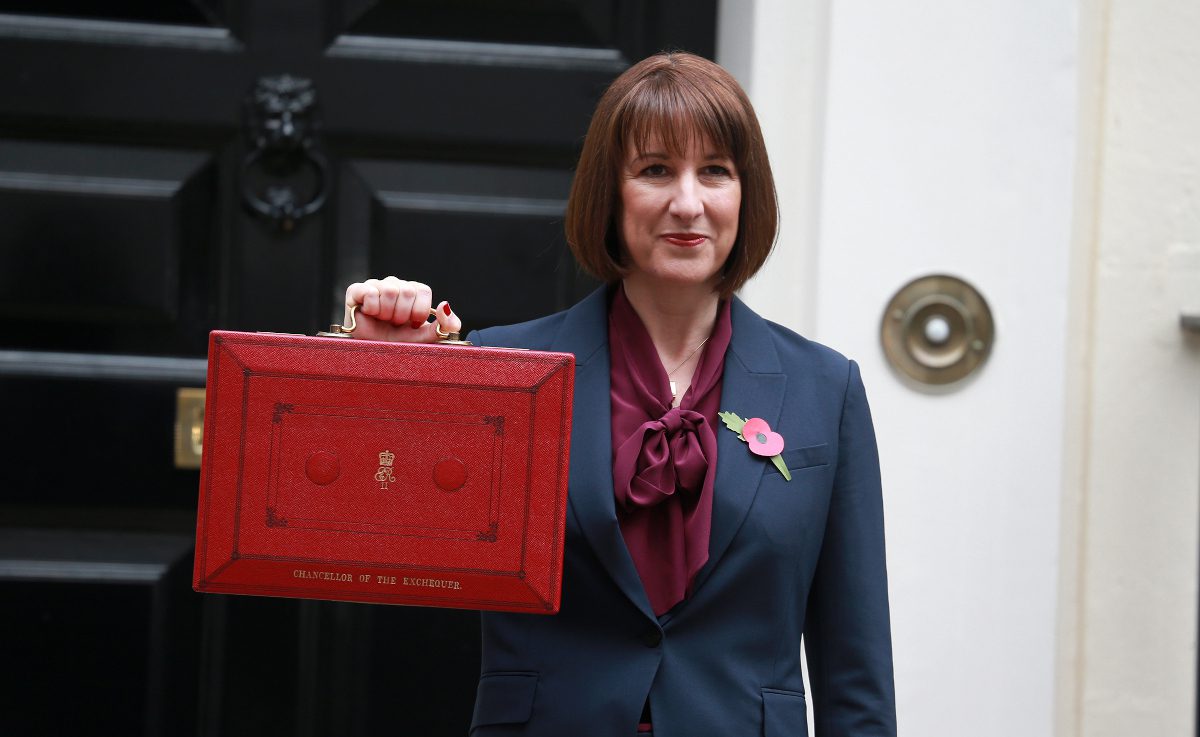Robert Taylor fought for years for stronger limits on the toxic chemical released by a neoprene factory in his Louisiana parish. Last year, the Biden administration finally delivered some relief, publishing a rule to reduce hazardous air pollutants from petrochemical plants.
Now, Taylor fears that hard fought gain will vanish before it is realized.
Last month, chemical industry groups sent a letter to the Environmental Protection Agency seeking a broad, two-year exemption for any facilities covered by the regulation. The request came in response to an EPA offer to consider exemptions to new air pollution rules that covered nine industries, including chemicals, power plants and metal manufacturing.
We’re hiring!
Please take a look at the new openings in our newsroom.
See jobs
For communities like Reserve, where Taylor lives, the exemption could mean people continuing to face high levels of some of the most toxic chemicals emitted into the air.
“I just think that it’s unbelievable that these people would be given that sort of freedom with our lives,” said Taylor, who runs the community advocacy group Concerned Citizens of St. John the Baptist Parish. “They are now just saying publicly like this that our lives are not important when it comes to the profits of these corporations. They’re going to allow these corporations to exercise whatever is necessary to protect their bottom line at the cost of the lives of our people, our children, our parents, grandparents.”
Last month, after the EPA said it was reconsidering a host of regulations issued by the Biden administration, the agency opened the door for companies to seek exemptions under a clause of the Clean Air Act. The provision allows the president to issue waivers to rules if he or she “determines that the technology to implement such standard is not available and that it is in the national security interests of the United States to do so.”
In their letter to the EPA, which was sent on March 31 but first reported last week, the American Chemistry Council and American Fuel & Petrochemical Manufacturers argued that the term “availability” refers not simply to technology but also to costs and the “practical challenges” of complying with a rule in the required timeframe. They said compliance would cost $50 billion, far more than the $1.8 billion from 2024-2038 that the EPA cited when it issued the rule last year.
The rule in question limited releases of a host of hazardous pollutants tied to cancer and other illnesses, including chloroprene, ethylene oxide and benzene, and required monitoring of six of these chemicals. When it issued the final rule last year, the EPA said it would “dramatically reduce the number of people with elevated cancer risks from air toxics emissions” from chemical plants and would also reduce smog-forming volatile organic compounds. Children in particular would benefit, the agency said, because of their vulnerability to many toxic chemicals covered by the rule.
Rashmi Joglekar, associate director of science, policy and engagement at the Program on Reproductive Health and the Environment at the University of California San Francisco, said the rule was a significant advance in protecting people who live near petrochemical plants from toxic pollutants.

Chloroprene and ethylene oxide are “potent carcinogens,” Joglekar said. Acute effects from exposure include respiratory irritation, dizziness and headaches, she said, while long-term threats beyond cancer include reproductive harm. The risks of exposure are worsened, she said, when people breathe multiple pollutants or are exposed to other stressors such as poverty, racial injustice and food insecurity.
Parts of Louisiana known as “Cancer Alley,” which includes St. John the Baptist Parish, have some of the highest concentrations of these pollutants. One study published last year by researchers at Johns Hopkins University found ethylene oxide levels up to 1,000 times higher than what the EPA considers an “acceptable risk.” The levels were up to 20 times higher than what EPA estimates suggested.
Many of these communities are home to a disproportionate number of people of color: Nearly 60 percent of St. John residents are Black.
On Monday, environmental groups released a new analysis identifying more than 500 industrial operations that could be subject to presidential exemptions across all the nine industries. Texas had the most, with 98 plants, followed by Louisiana, with 54.
The Ohio River Valley is another area of concentration, where petrochemical plants have sprung up near the fracking fields of Pennsylvania, West Virginia and Ohio.
“Communities like mine in Beaver County [Pennsylvania] are already living with the consequences of toxic pollution,” said Hilary Flint, director of communications and community engagement at Beaver County Marcellus Awareness Community, in an email. “Rolling back protections on hazardous chemicals doesn’t just weaken policy, it sends a message that our lives don’t matter.”
The American Fuel & Petrochemical Manufacturers said in a statement, “Nothing is more important to AFPM members than the health and safety of their workers, community neighbors and environment. They welcome reasonable EPA regulations that support them in this effort while also allowing them to do the important work of producing essential products for American consumers, the U.S. economy and our national security. But when EPA sets standards, like it did for the [hazardous air pollution] rule, that are unlawful, unreasonable and technologically unachievable, it puts critical U.S. manufacturing operations at risk.”
An American Chemistry Council spokesperson said the groups had yet to hear a decision on their request and added that its members had reduced ethylene oxide emissions in recent years. “As our members continue to strengthen their environmental and safety performance, they are also responding to the need for innovative products that will help make our nation safer and cleaner. To successfully meet these responsibilities, it is critical that regulation of our industry is based on sound science and that those regulations reflect a reasonable assessment of the risks and benefits involved.”
The EPA referred questions to the White House, where spokesperson Taylor Rogers said in a statement, “We will not get ahead of the President, but we can confirm President Trump’s commitment to unleashing American energy, protecting our national security interests, and ensuring environmental stewardship.”
Back in Louisiana, Taylor said residents were ready to push back.
“We are in the throes of this madness, but we are regrouping, and we are going to stand, and we are going to fight this,” he said. “We are going to resist this atrocity as best as we can with all our efforts. How can I lay still? How can I not stand up with this obvious assault on our lives?”
About This Story
Perhaps you noticed: This story, like all the news we publish, is free to read. That’s because Inside Climate News is a 501c3 nonprofit organization. We do not charge a subscription fee, lock our news behind a paywall, or clutter our website with ads. We make our news on climate and the environment freely available to you and anyone who wants it.
That’s not all. We also share our news for free with scores of other media organizations around the country. Many of them can’t afford to do environmental journalism of their own. We’ve built bureaus from coast to coast to report local stories, collaborate with local newsrooms and co-publish articles so that this vital work is shared as widely as possible.
Two of us launched ICN in 2007. Six years later we earned a Pulitzer Prize for National Reporting, and now we run the oldest and largest dedicated climate newsroom in the nation. We tell the story in all its complexity. We hold polluters accountable. We expose environmental injustice. We debunk misinformation. We scrutinize solutions and inspire action.
Donations from readers like you fund every aspect of what we do. If you don’t already, will you support our ongoing work, our reporting on the biggest crisis facing our planet, and help us reach even more readers in more places?
Please take a moment to make a tax-deductible donation. Every one of them makes a difference.
Thank you,





